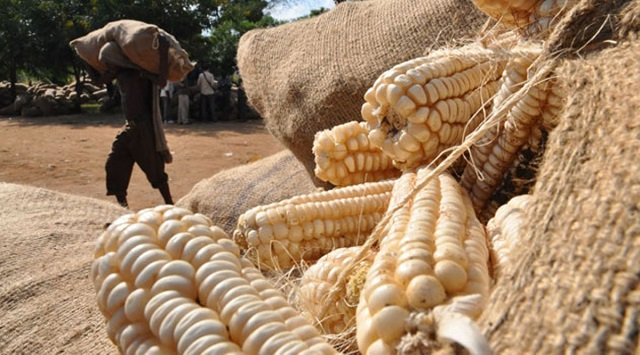KAMPALA — As the world observes the International Day of Awareness of Food Loss and Waste, Uganda is confronting a hidden crisis threatening the livelihoods of its 45.9 million citizens.
Despite producing enough food to feed the population, Uganda loses 30–50% of its harvest before it reaches consumers — a silent disaster costing billions in lost revenue while millions endure hunger and malnutrition.
The Economic Toll of Wasted Food
The losses are staggering. In 2021, Kenya banned Ugandan maize due to aflatoxin contamination, costing the country over $121 million in lost export revenue.
Smallholder farmers — the backbone of Uganda’s economy — lose up to 17% of their annual output value due to poor handling, outdated storage practices, and insufficient post-harvest technologies.
“The biggest proportion of this food is wasted in our homes,” said Dr. Dennis Male, Makerere University lecturer in Food Science and Technology.
“Responsible consumption and household behavior are key to feeding a population that is increasingly hungrier.”
According to Dr. Male, 19% of Uganda’s food is lost between retail outlets and households, underscoring the scale of the problem.
The Human Cost of Food Waste
While tonnes of food rot in fields, storage sheds, and markets, malnutrition continues to devastate families.
- Children face stunting and other health risks from aflatoxin-contaminated grains.
- Women, who make most household food decisions, bear the brunt of scarcity.
“This crisis threatens our food security, economic development, and the wellbeing of future generations,” warned Immaculate Daisy Yossa, partner with the Dutch-funded CASCADE project.
“Uganda cannot sustain a food system where half the harvest disappears before reaching those who need it most.”
“Not Production, But Preservation”
Agnes Kirabo, Executive Director of Food Rights Alliance, says Uganda’s problem isn’t food production — it’s food preservation.
“There is enough food to feed everyone in Uganda. If you slept hungry, it wasn’t because food is absent, but because 50% of it never reached you. Before expanding production, we must ensure what we grow gets to the consumer.”
Government Response
The Ministry of Agriculture has launched a National Strategy for Post-Harvest Loss Reduction in Grains (FY 2025/26), backed by UGX 1.59 trillion. Key initiatives include:
- Building 200 community-level storage facilities.
- Establishing district quality assurance laboratories.
- Training agricultural extension workers in modern post-harvest techniques.
- Scaling up the Uganda Agricultural Storage and Processing Initiative.
Call to Action for Uganda’s Food System
Experts stress urgent, coordinated action from all sectors:
Government:
- Enforce food loss and waste legislation
- Allocate at least 5% of the agriculture budget to post-harvest infrastructure
- Establish a National Food Loss Reduction Authority
Private Sector:
- Invest in cold chain systems and digital forecasting
- Strengthen value chains connecting smallholder farmers to markets
Development Partners:
- Double funding for post-harvest programs
- Support cross-border learning and innovations
Communities:
- Adopt safe food handling practices
- Demand accountability from local leaders
- Participate in cooperative marketing and preservation initiatives
✨ Bottom Line: Uganda’s food system stands at a crossroads. Without urgent action, the silent crisis of post-harvest losses will continue to rob millions of food security, economic stability, and hope for a sustainable future.
“Preserving what we grow is not optional — it’s a matter of survival for Uganda’s people and economy,” said CASCADE experts.





